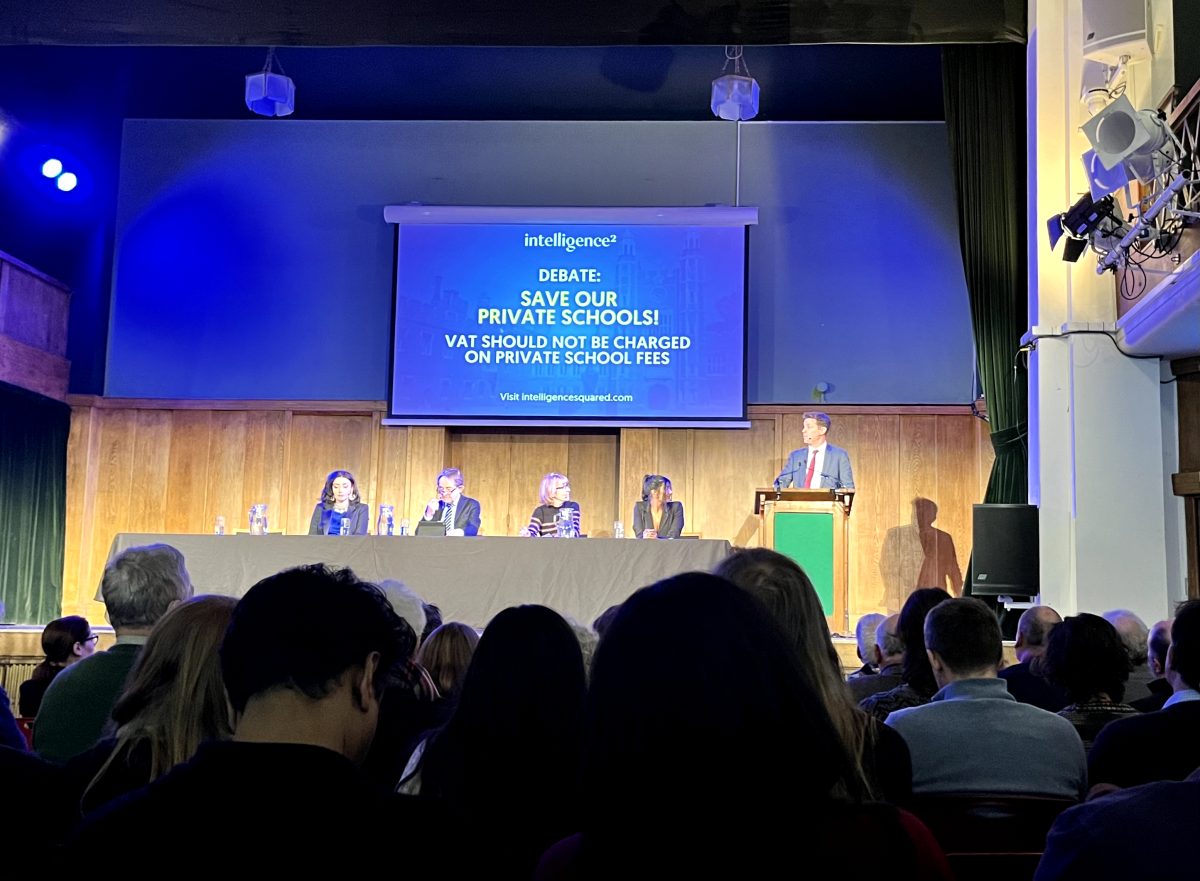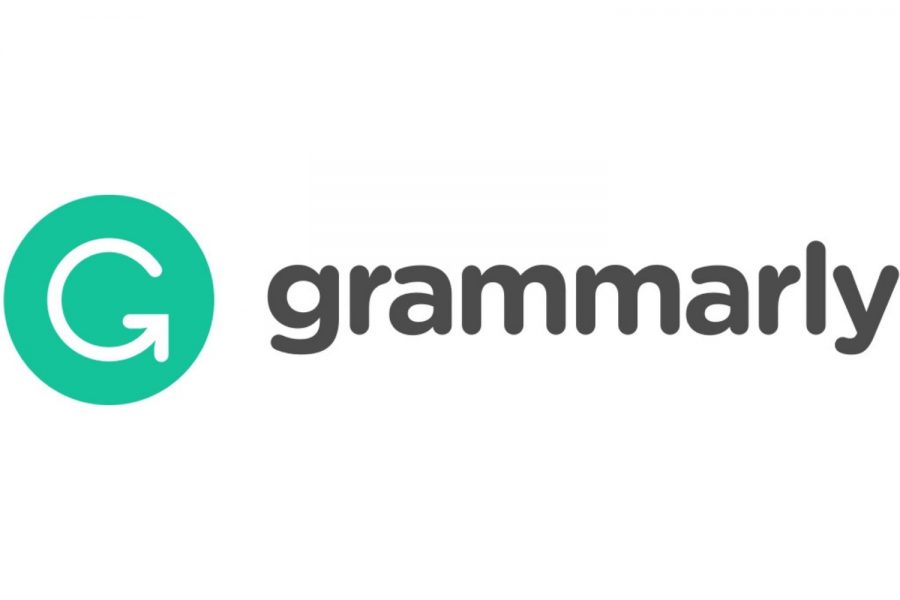As High School students, almost all of us have encountered the popular writing tool, Grammarly, at some point in our academic careers. Whether it be writing an English essay, taking notes, or even writing this very article, Grammarly can aid its users through the writing process. It can detect spelling errors, recommend sentence changes, correct grammar errors, and even suggest ways to remove unnecessary phrases. However, can this tool guide students into being better writers or become a detrimental crutch for students?
Grammarly’s first and most common feature is its comprehensive and powerful spell-checker. Grammarly uses an artificial intelligence system and deep learning algorithms to analyze millions of papers worldwide. In addition to checking the spelling of text, Grammarly checks grammar and other writing concepts, such as the use of passive or active voice.
Quickly correcting the red line without even acknowledging why the word is incorrect does not make its users better writers; instead, it will make them rely too much on the app.
Although the High School provides all students with free access to the premium version of Grammarly, we aren’t always able to use it to its full extent. Some teachers ask students when writing an in-class essay or assessment to turn off Grammarly, making students prone to more spelling mistakes and writing errors in general.
In a test scenario, students are tensed due to time constraints and stressed about the grade outcome. When put under that much pressure, students will make more spelling mistakes, primarily due to typing errors when typing quickly. Additionally, students don’t always have enough time to go over their writing piece before submitting it, making students more vulnerable to spelling and grammar mistakes.
Furthermore, Grammarly doesn’t autocorrect text, but rather it underlines incorrect words with a red line. This often makes the user review the correction and manually accept it, enabling them to consciously intake the revision. This strategy ingrains the spelling or writing concept into a user’s mind, making them less prone to making the same mistake again.
However, not everyone may use Grammarly to its full learning capability. Quickly correcting the red line without even acknowledging why the word is incorrect does not make its users better writers; instead, it will make them rely too much on the app.
Features such as sentence structure changes have a notable impact on the flow of a piece and might drastically change a student’s essay.
Moreover, Grammarly claims that 85% of its premium users say that they are better writers. Despite this number, Grammarly gives users false security that they are becoming better writers by simply accepting suggestions. This makes a significant amount of Grammarly’s user analytics obsolete, as they can’t tell if the users are actually growing or simply being tricked into thinking they are better writers.
In a school scenario, one might make the case that Grammarly is too powerful to be used in tests. Features such as sentence structure changes have a notable impact on the flow of a piece and might drastically change a student’s essay.
In addition to having an unfair advantage on tests, Grammarly can remove students’ artistic voice when writing. Rather than using their own unique style when writing, Grammarly can strip that away from students by suggesting severe changes to their work.
In essence, being a proponent of using Grammarly is the equivalent of being a proponent of most tools in modern-day society, such as using Google to learn facts rather than understanding history, or looking at a digital map instead of learning your way around.
Ultimately, using Grammarly should be a personal choice. When thinking about how a user uses Grammarly, they should take account of how they are growing as a writer and editor. Students should reflect on if Grammarly is having a dramatic impact on their writing to make a judgment on how Grammarly is shaping them as a writer.







M • May 23, 2022 at 4:11 pm
Excellent piece and all good points. Would have liked to see some quotes from teachers.
Peggy Elhadj • Nov 5, 2020 at 9:05 am
Thought-provoking article – thanks Daniel!